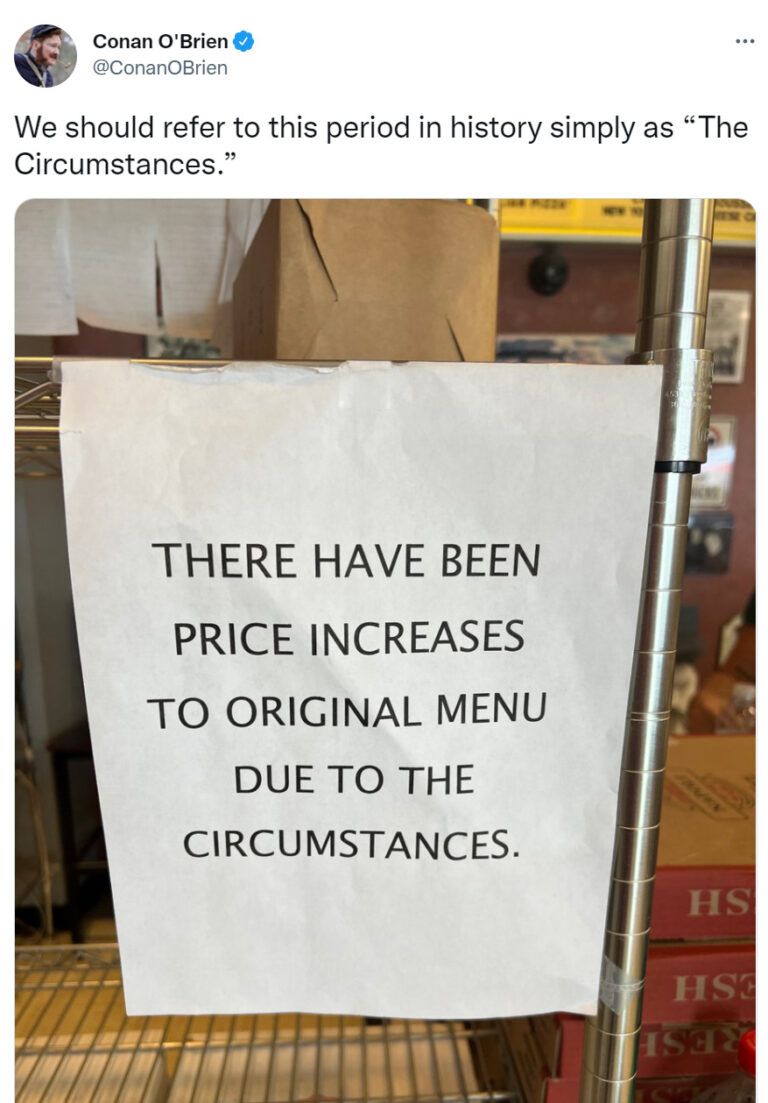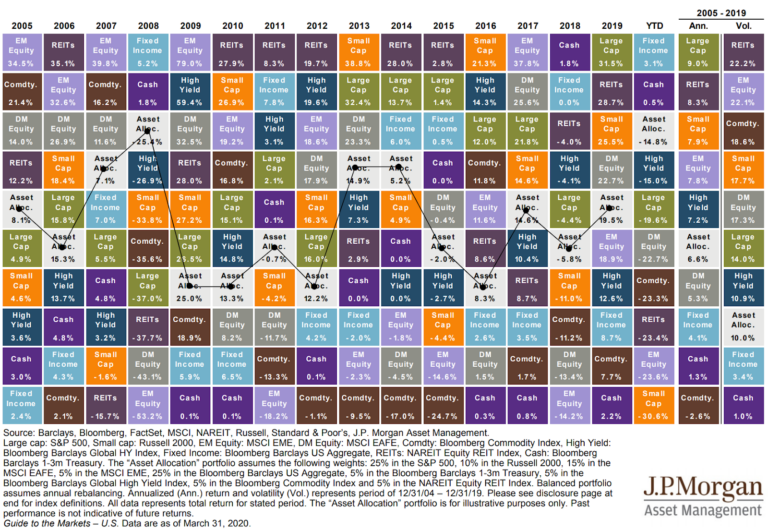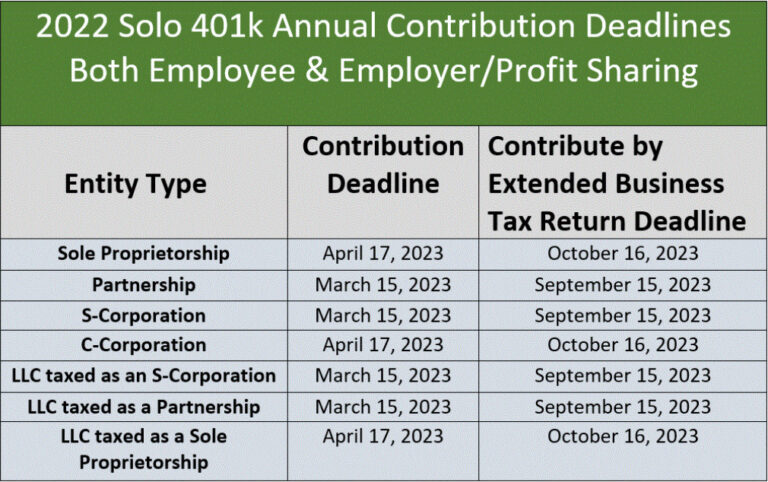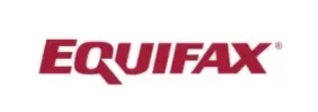Budgeting (Part 1): Rules and Tools
You can find part 2 of Budgeting HERE
When I was ten, we would visit our family friends in Michigan called “the five boys”, for obvious reasons. Being a ten-year-old looking for fun, their pig farm was perfect. We would arrive and clamber out of the car yearning for the green light from our parents. Once they gave us the nod we would all rush into the back of the barn, hooting, hollering, and herding the 30-40 pigs into their field. As if that wasn’t enough excitement, we would then have our own pig rodeo! Kids were flying everywhere, jumping on and being bucked off the 200-300 pound animals – it was everything we could ask for and more.

Like my “why” behind riding a pig, most people’s “why” is either driven by fun or fear. The why (or why not) behind budgeting is likely a mixture of both. Regardless of what drives your why, it is worth making a note of it if you want to have a lasting positive impact come from your budgeting efforts. Below are some of our budgeting why’s, best practices, and useful tools.
Why?
1. It frees you up to spend money guilt-free: If you know you have budgeted $100 for clothes this month and buy a new pair of running shoes for $80, then you don’t feel guilty about the purchase. However, if you spend $80 on shoes without knowing what you’ve spent previously, then you may be stressed and feel guilty about your purchase.
2. It helps develop expectations: Without knowing how much you are saving or spending, it’s impossible to accurately guess how much you will need to be financially independent! And through knowing your expenses, you will then know the right amount to save monthly.
3. It can help you live longer: Cortisol comes from stress and has been proven to shorten your life. You can decrease cortisol by being aware of what’s happening in your life financially and creating a plan of attack to control it. In the words of Navy Seal Commander Jocko Willink, “Discipline equals freedom.” And the sooner you face reality, the sooner you can master it.
Budgeting Best Practices
The 50-30-20 rule is one that we believe in at Smith Partners. This rule states that you should spend around 50% of your after-tax income on needs, 30% on wants, and save at least 20% towards retirement. The more you can save, the faster you can be financially independent and vice versa. Take this savings rate just as seriously as what you invest in, if not more so.
Take your time
It’s important to take time to set up your budgeting tools and process. In the words of Abraham Lincoln, “Give me six hours to chop down a tree, and I will spend the first four sharpening the ax.” Even though it may seem like you aren’t progressing by “sharpening the ax” or setting up your budget, it should save you time, stress, and money in the long run.
Regardless of the tool you use, you need to go all-in. If you are starting from scratch, then you need to set apart a meaningful amount of time to get up and running.
Three Steps
First, you will need a baseline, which can be found by looking at your previous three months of spending (think debit card, checks, Apple Pay, credit card, Venmo, Zelle, cash app, and ATM transactions). Then separate every expenditure by month and category. Try to limit your categories as best you can to keep the process simple (10-15 categories). For example, unless spending on your car is an area that needs control, consider having one category that includes maintenance, fuel, taxes, etc. You then average your spending over three months into these categories to find your budget starting point. Then input your new budget into one of the budgeting tools below.
Budgeting Tools/Apps
When considering which tool will be most beneficial, we recommend using the tool that is as complex as necessary but not more so.
- Pen and paper/excel. Yes, I know countless budgeting apps track your spending automatically, but sometimes the flexibility, lack of tech errors, and avoiding a data scrape of your transactions can be easier and less stressful.
- Mint: This is the most popular budgeting app. Mint was created by the same company that made Turbo Tax, which provides a warm blanket feeling knowing that this company can handle millions of tax returns. Mint has plenty of customization options and is the bar to compare all other budgeting apps. It’s a free app; however, free means you will be targeted for certain credit cards and other financial products.
- Clarity: Clarity is one of the easiest budgeting apps I’ve used. It is quick to set up and good at tracking expenses. I’ve tried multiple apps and appreciate this one for its simplicity. However, what you gain in simplicity you give up in flexibility. You can’t change the budgeting options available, and you can only look back to your current and previous month. Clarity also highlights subscription expenses in case you are unaware of them and want to cancel. Remember that this app is free, so there will be ads.
- YNAB (You Need A Budget): This is best for the visual learner. YNAB has good flexibility when it comes to choosing your categories and moving money between these categories. Budgeting is all YNAB does, and they do it well. YNAB also costs $6.99 per month, which gets rid of the ads. Lastly, YNAB doesn’t require you to link your accounts; you can manually import your transactions if syncing your bank accounts makes you uncomfortable.
- M’velopes/GoodBudget: M’velopes and GoodBudget are similar as they are electronic versions of Dave Ramsey’s envelope system that allow you to move money between virtual “envelopes.” This is useful if you overspend in one category and underspend in another because you can physically see that you didn’t break your budget because of that one large expense. It can also be helpful for people with highly variable pay. M’velopes cost $4 per month for basic and $19 per month for premium. Good Budget has a free option and a $5 per month premium option.

There is no perfect budgeting tool. However, the best budget is the one you use; there’s no right answer here. Don’t be afraid to trial 2 or 3 budget trackers at the same time.
Variable Incomes
Individuals with variable incomes will need to do the math to figure an average monthly income and then budget off that number. Take last year’s annual income, divide it by twelve, and use that as your monthly budget until something changes. And when you have a good month, save the excess to cover your down months. We always recommend building a savings account that can cover 3-6 months of living expenses in case of job loss, disability, or unexpected expenses.
This may be difficult if your income varies year to year vs. month to month. If your annual income varies by over 100% then you may need to budget off of 50% of your income (depending on if it’s an up year or down year) and have a 12-18 month savings account.
Closing
Now that you know what you need to do, go out and sharpen your ax (create a budget), and get to chopping (spend responsibly). Don’t forget that the biggest budgeting mistake people make is willful ignorance. Beyond basic food, shelter, and transportation, your budget is your choice. Use it to fill your life with what you love. Relationships, art, food, travel, clothes, cars, and even giving it away!








